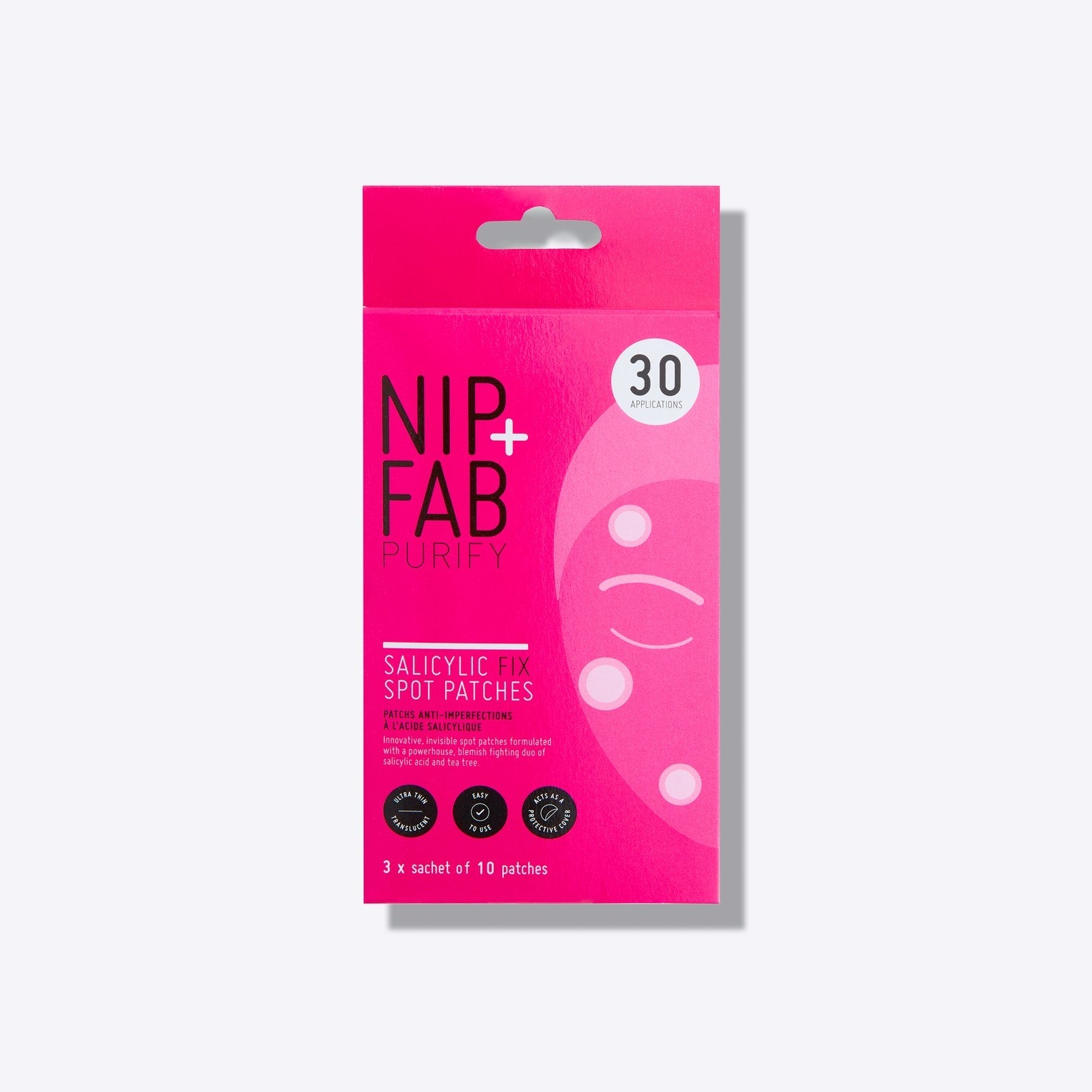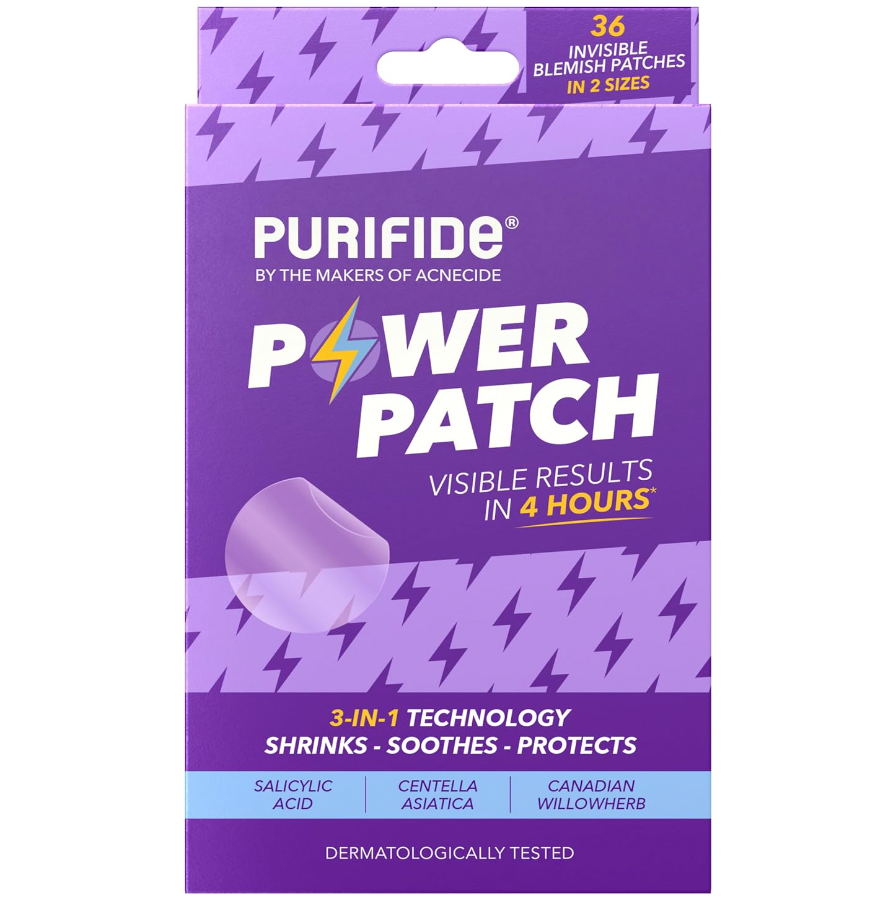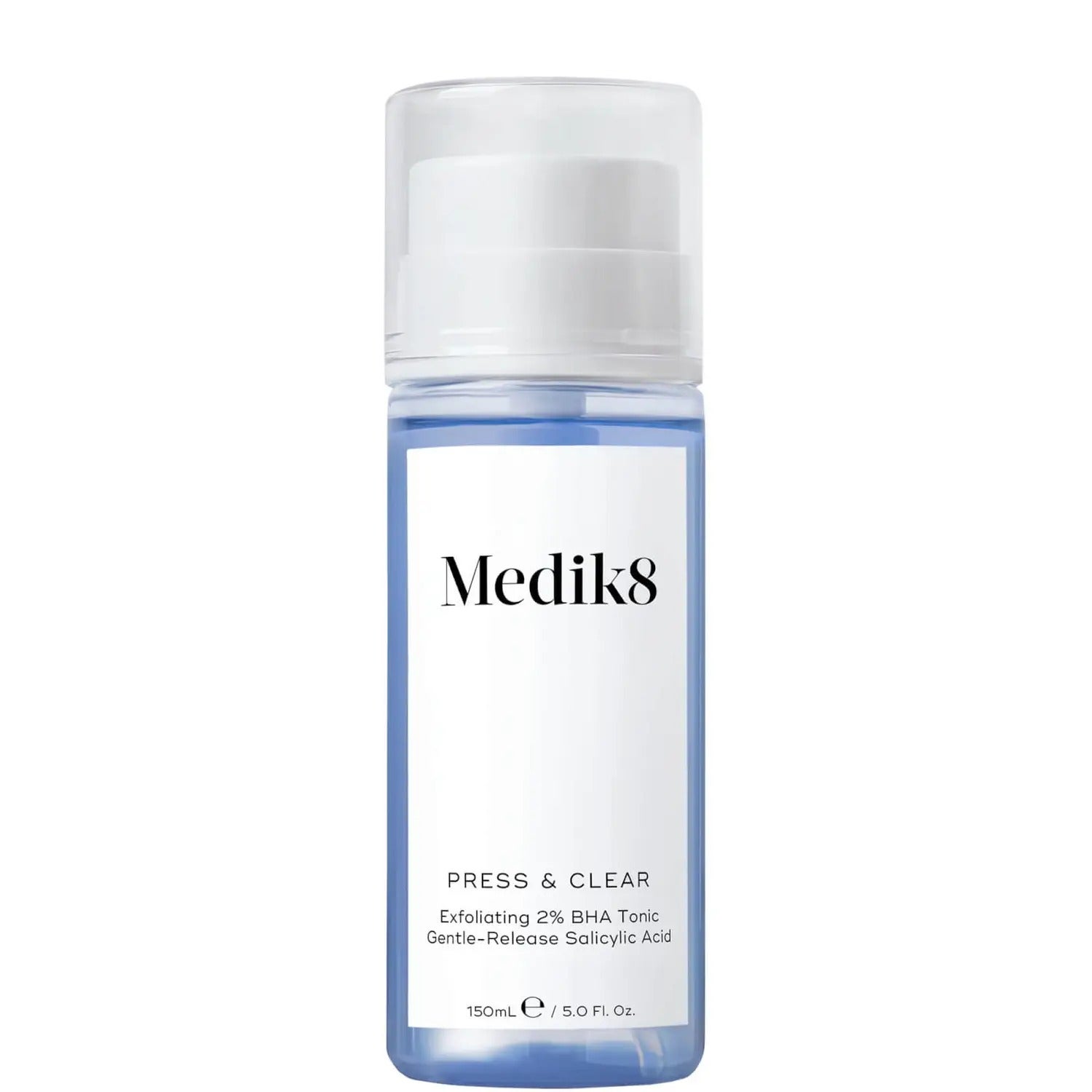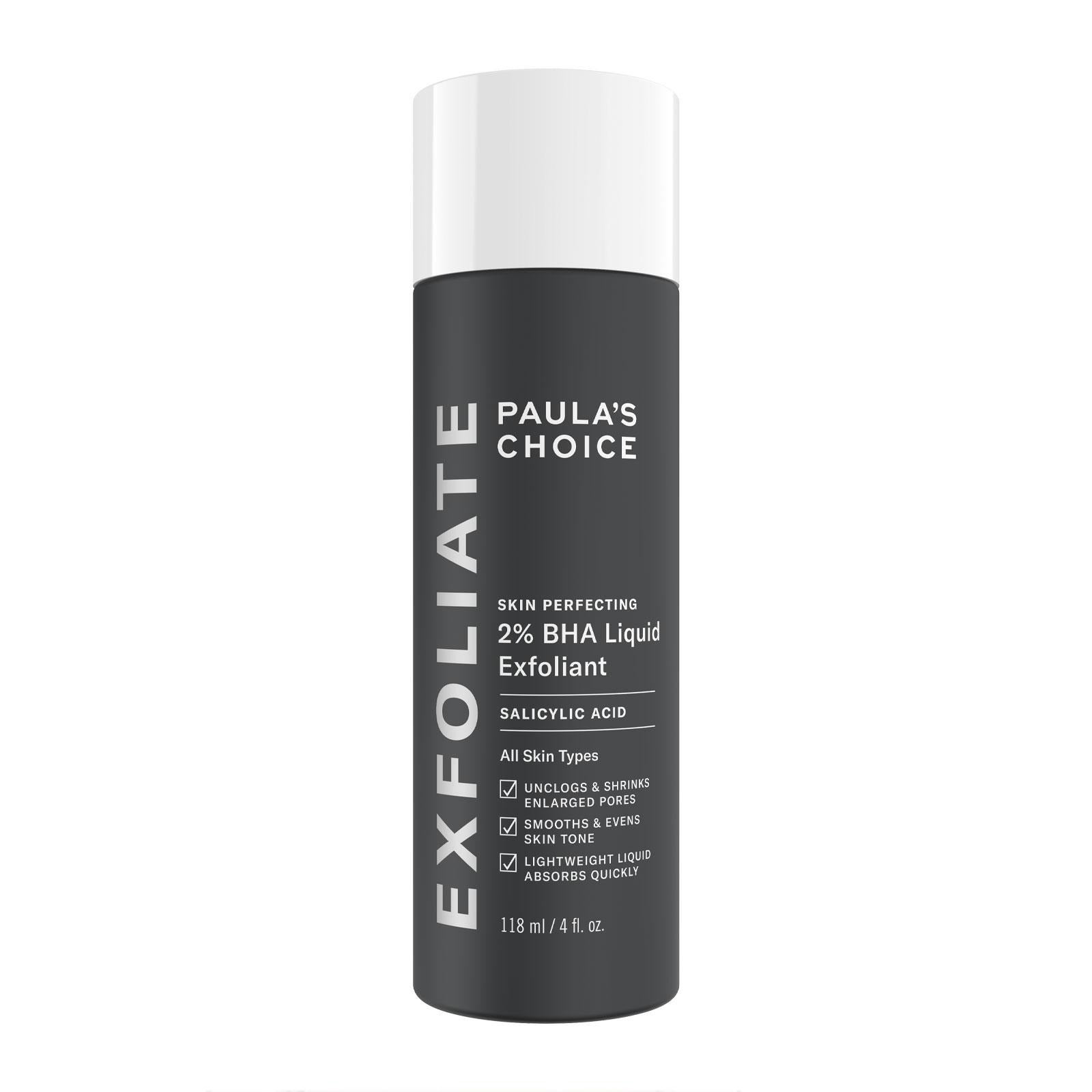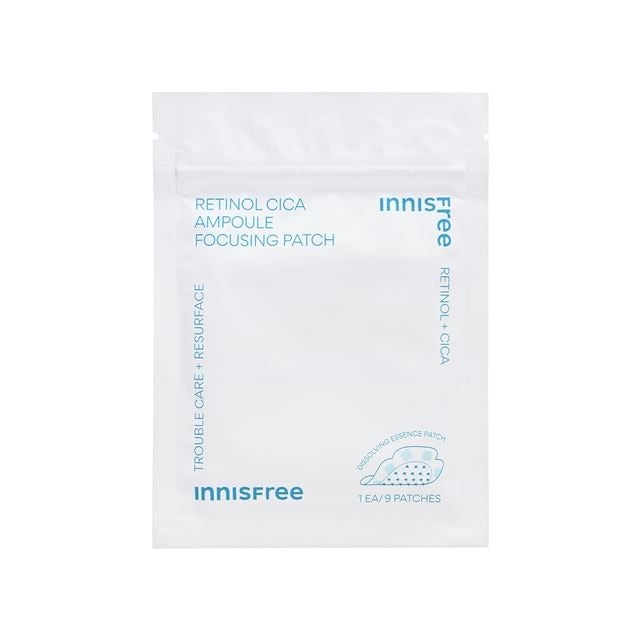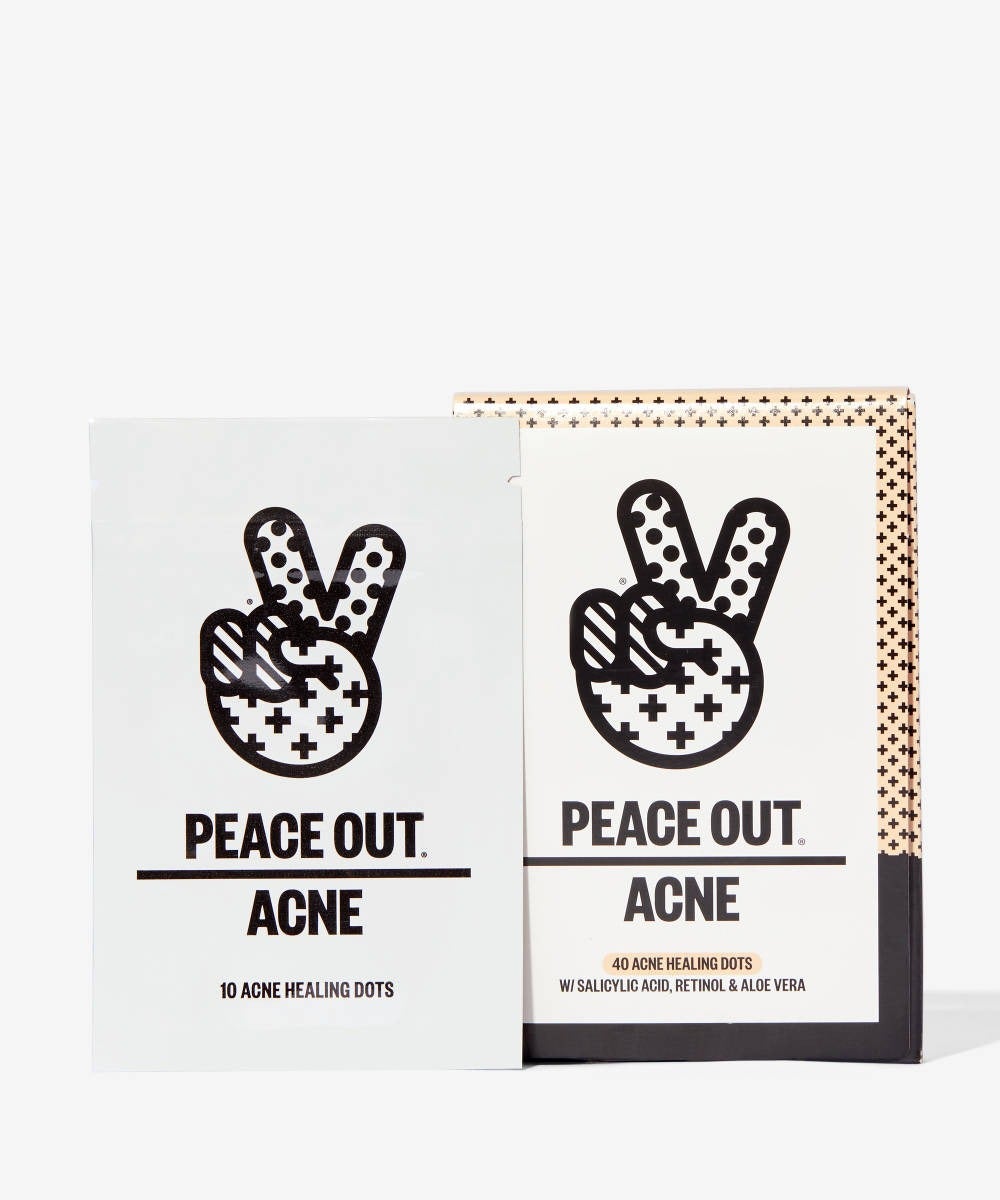Using Acne Patches? Don’t Make The Same Mistake That I Did
Photographed by Erin Yamagata.
Back in August, I went through some hormonal changes, and with that came hormonal acne. A large spot formed smack dab in the middle of my forehead and showed no signs of letting up. I popped an acne patch on after my skincare routine as usual, left it on long enough to forget it was there, and continued on my merry way. I repeated that exact cycle for about two weeks as the spot persisted, but the spot transformed into a crater. I had no clue what had happened until I stumbled upon a Reddit thread from /r/skincareaddiction suggesting most active ingredients, for example, retinol and exfoliating acids, should not be used under hydrocolloid patches, with users even reporting chemical burns.
AdvertisementADVERTISEMENT
If this was accurate, then what I thought was the right way to eradicate my spot was actually doing more harm in the long run. I suffocated the spot with glycolic acid and my other preferred actives. Given that Reddit thread and my semi-expert mind getting it wrong, I realised it was now my duty to ensure that nobody else makes the same mistake. I talked to dermatologists, aestheticians, and cosmetic chemists about what you should (and shouldn’t do) when it comes to spot patches.
How do acne patches work?
An “acne patch” is kind of a catch-all term: It typically refers to a type of spot treatment using a thin, hydrocolloid bandage or sticker in various sizes that absorbs fluid from a blemish. Some can also contain ingredients to treat acne and promote skin healing. Hydrocolloid creates a moist environment that promotes faster healing by drawing out excess fluid from the spot. It’s a cool concept: The hydrocolloid material swells upon contact with fluids, forming a gel-like substance that helps absorb impurities from the spot and prevents further infection. You’ll often see a hydrocolloid acne patch paired with salicylic acid, a beta-hydroxy acid known for its exfoliating, anti-inflammatory properties and can help reduce the occurrence of new breakouts. Other ingredients in acne patches include natural antibacterial and anti-inflammatory tea tree oil, hydrating hyaluronic acid, soothing centella asiatica (cica), and even retinol to promote cell turnover.
How should you apply an acne patch?
Using acne patches in conjunction with other skincare products or active ingredients is generally safe. Aesthetician and founder of eponymous skincare brand Renée Rouleau says to be aware of the type and formulation of your other active skincare products. “It’s important to be mindful that if you are using any topical products with a known side effect of irritation, such as tretinoin, the skin’s barrier is more fragile, so you’ll want to keep an eye out for any potential irritation that a patch might bring.” She adds that if it leaves a red mark after removal, discontinue use.
AdvertisementADVERTISEMENT
Rouleau says to keep in mind that acne patches may not be the best or even the most effective option for certain spots. They’re generally effective for whiteheads and surface-level blemishes, and may not be as effective for deeper cystic acne. “Since these are being applied as a spot treatment, you can use them daily on individual breakouts, and there isn’t much worry of overusing [them],” Rouleau explains. “But if using them consistently isn’t yielding results, you may benefit from turning to a different spot treatment! Not all blemishes are equal and respond to the same type of treatment.” Try Nip + Fab Salicylic Fix Spot Patches, £10.95, with salicylic acid and antibacterial tea tree or Purifide by Acnecide 3-in-1 Power Patch Salicylic Acid Pimple Patches, £9.99. Toners with salicylic acid such as Medik8 Press & Clear Exfoliating 2% BHA Tonic, £29, or Paula's Choice Skin Perfecting 2% BHA Liquid Exfoliant, £35, are also great alternatives.
What are the risks of using acne patches?
Pop one on when you feel or see a spot, and you’re good to go, right? Not exactly. Acne patches may seem simple (and cute!) at face value, but they can come with some risks. “Most consumers can tolerate a pure hydrocolloid bandage without issue, although an allergy to the material, including adhesives, is not uncommon,” explains Blair Murphy-Rose, MD, FAAD, a board-certified cosmetic, medical, and surgical dermatologist and founder of Skincare Junkie. “Those with sensitive skin may not tolerate certain actives well, like salicylic acid, for example; some with dry or sensitive skin tend to be more at risk of experiencing skin irritation.” Those prone to eczema, rosacea, or other skin conditions may be more likely to react to acne patches than others, and it’s especially important to avoid using them on open wounds or skin rashes. Contact allergies to one of many ingredients used to make adhesives are also fairly common. If you develop local rashes from bandages, starting with a patch test on your wrist (or avoiding acne patches altogether) may be wise before applying them to your face. Patch test your acne patches, and always apply them to a clean and dry face — it may save your skin.
AdvertisementADVERTISEMENT
Your ultimate goal with an acne patch is to see a reduction in signs of inflammation, such as swelling, redness, and discomfort, as well as flattening of the lesion. (Reducing the urge to pick at the blemish and getting a cute Star on your face helps, too.) If you notice increasing redness or red streaking, swelling or pain, it’s best to seek medical attention to evaluate for a possible skin infection or an adverse reaction. Here are some things to keep at the top of your mind to ensure you’re not accidentally giving yourself another boo-boo.
Avoid oil-based products
As stated on almost every acne patch box, acne patches work best on clean, dry skin. Avoid applying oil-based products or heavy moisturisers to the area before using an acne patch, as this can reduce the patch’s adhesion and effectiveness.
Skip retinoids on patched areas
If you use topical retinoids, such as retinol or prescription-strength retinoids, avoid applying them directly on areas where you’ve also used an acne patch. Alessandro Mendes, cosmetic chemist and chief innovation officer of Cosmetica Laboratories, explains, “Retinoids can be potent and may increase the risk of irritation or over-drying when combined with the concentrated treatment of pimple patches.” However, if you do want to use retinol, you can use acne patches that are specially formulated with it, such as innisfree Retinol Cica Focusing Patches, £10.36, and Peace Out Skincare Acne Healing Dots, £41 for 60 patches. (Just don’t add any additional retinoids.)
AdvertisementADVERTISEMENT
Be mindful of exfoliating products and fragrance
Chemical exfoliants or physical scrubs can cause excessive exfoliation, compromising the skin barrier and hindering the patch’s ability to adhere properly. “Those with sensitive skin should be cautious about added fragrance or active ingredients, including salicylic acid, other hydroxy acids, and tea tree oil,” says Dr Rose. “When used in an adhesive patch, these ingredients may be more likely to irritate skin compared to a serum, solution or cleanser.”
Keep the surrounding skin moisturised
While you should avoid using heavy moisturisers directly on the acne patch, keep the surrounding area and skin moisturised, which can help the skin barrier while also preventing dryness.
It’s a patch, not a pore strip
“A good pimple patch should be easy to remove without causing trauma to the skin,” says Mendes. You may be tempted to rip the acne patch off, but even the force of that can tear or tug on the skin, worsening inflammation and possibly harming the skin’s healing process.
Read the directions
“Usual spot treatment use of pimple patches is generally considered safe, yet there is limited data on long-term effects,” says Dr Rose. “Theoretically, so long as you are not allergic to or irritated by the pimple patch, you should not expect to experience any long-term negative effects or dependency on pimple patches.” The words on the back of the box are there for a reason. Apply an acne patch with clean, dry hands to an area free of oils and debris, and remember to change the patch according to the manufacturer’s instructions — and not when you remember, like me.
AdvertisementADVERTISEMENT
So when exactly in your routine should you apply an acne patch? Honestly, the verdict is out: Mendes recommends using the patch before other treatments, serums, and actives to allow the patch to adhere correctly and deliver its active ingredients without interference from other products, while Rouleau recommends using them after. “I recommend applying any spot treatment, including pimple patches, as the very last step in your skincare routine,” she explains. “After you’ve applied all of your products (including moisturiser or SPF), take a cotton swab and dampen with water or toner, and gently wipe the area you will be spot treating. Let dry, then stick on the patch and let it do its work.”
While I’m still figuring out how to repair and soothe the damage from my disaster in the acne patch world, I won’t do it again — and we can both learn from my mistakes this time. (Maybe.)
At Refinery29, we’re here to help you navigate this overwhelming world of stuff. All of our market picks are independently selected and curated by the editorial team. If you buy something we link to on our site, Refinery29 may earn commission.
AdvertisementADVERTISEMENT







